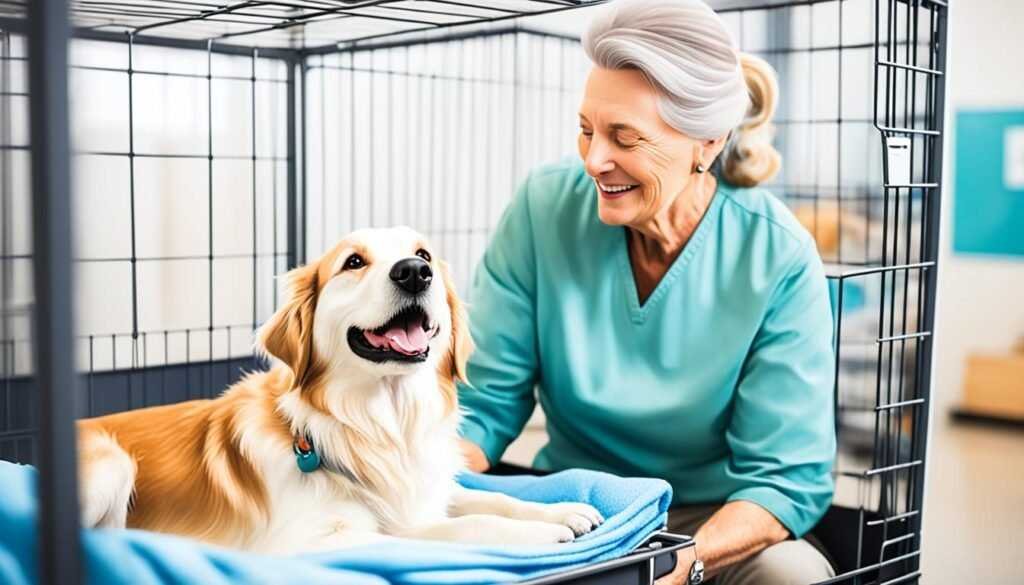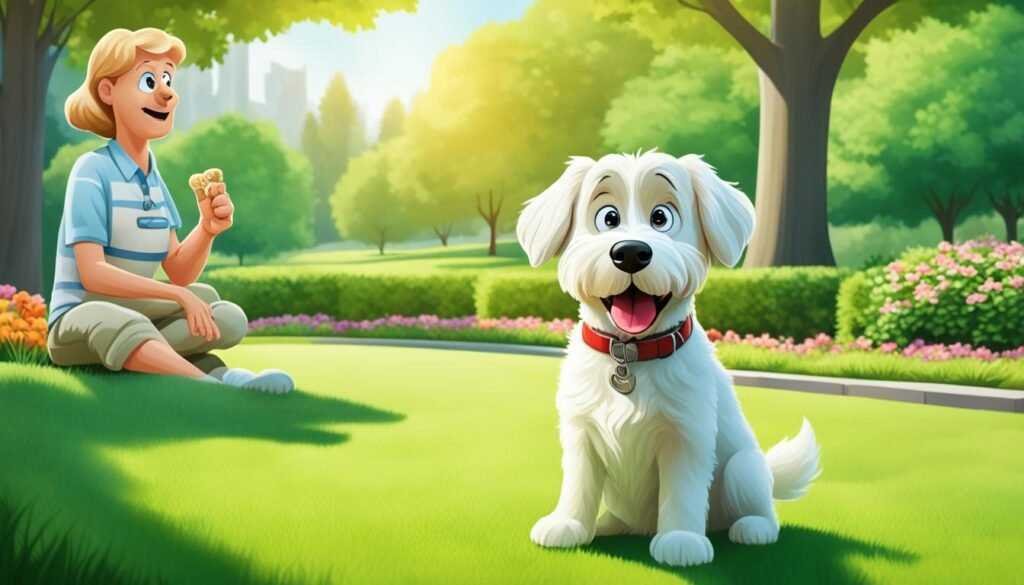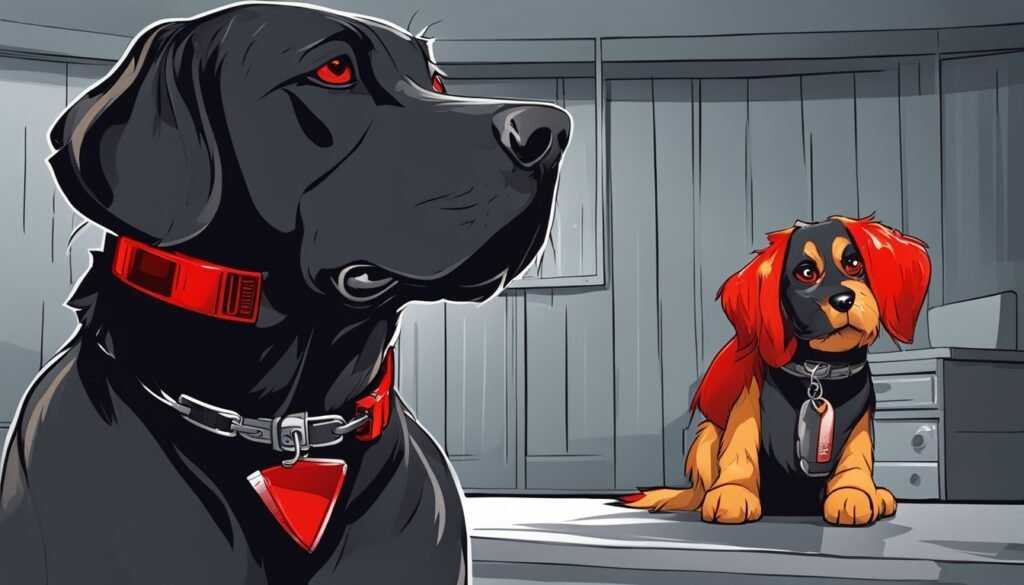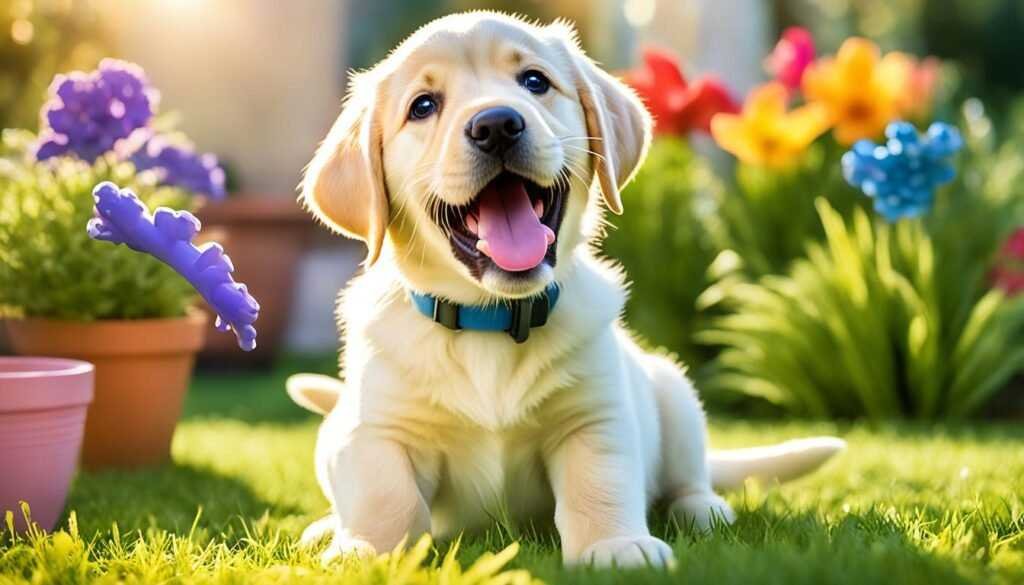- Understanding the Importance of Deer Tracking with Dogs
- The Best Dog Breeds for Tracking Deer
- How to Train a Dog to Track Deer
- Preparing Your Dog for Tracking Training
- Establishing Obedience Before Tracking
- Starting with Scent Introduction Techniques
- Creating Mock Tracks for Practice
- Gradually Increasing Trail Difficulty
- Monitoring Progress and Adjusting Training Techniques
- Best Practices for Tracking Deer with Dogs
- Professional Deer Tracking Dog Training Options
- Conclusion
- FAQ
- What are the best dog breeds for tracking deer?
- How do I start training my dog to track deer?
- What equipment do I need for tracking training?
- How important is obedience training for tracking dogs?
- What are effective methods for teaching a dog to track deer?
- How do I set up mock tracks for practice?
- How can I monitor my dog's progress during training?
- What should I know about local regulations for tracking deer with dogs?
- Are there professional training options available for deer tracking?
Training dogs to track deer has become key for hunters wanting to boost their success rates. It makes hunting more rewarding and ups the chances of finding wounded game. With more states allowing dog tracking deer scent, learning these methods is a must.
After New York made tracking dogs legal in 1986, 24 other states followed. Many hunters now focus on training your dog to track deer. These dogs help find deer and aid conservation efforts by groups like United Blood Trackers. If you’re starting deer tracking dog training, it’s important to know the best way to begin.

This article will cover effective techniques and tips to get your tracking dog ready. By using your dog’s natural abilities and proper training, you can greatly improve your deer recovery rates.
For more tips on training, check out how to train your dog to blood track.
Understanding the Importance of Deer Tracking with Dogs
Using dogs in hunting can greatly increase your chances of finding wounded deer. Many hunters struggle to locate their deer after a shot. Deer tracking with dogs helps find these animals, even without visible blood trails. Now, about 36 states allow using tracking dogs for this task.
Training your dog for deer hunting is crucial. Dogs trained for tracking can improve your hunting skills. In Alabama, around 20 people per county use trained deer-tracking dogs, showing its popularity.
Experts say specific scent systems are key in training these dogs. Most European trackers start with interdigital gland paste, not deer liver or blood at first. The United Blood Trackers of America (UBT) offers great resources for learning how to track deer with dogs.

Dogs have up to 300 million smell receptors, far more than humans with 5 million. Training can start at 3 to 6 months old. Some dogs learn quickly, while others take months. A good way to train is by exposing your dog to deer scent and rewarding them after they follow a trail to a deer piece.
Learning about deer tracking with dogs can give you an advantage. These methods can lead to more successful hunts, improving your hunting. For more tips on using tracking dogs, check out this resource.
The Best Dog Breeds for Tracking Deer
When looking for deer tracking dog breeds, some stand out for their skills. Bloodhounds and dachshunds are known for their strong sense of smell. This makes them great for tracking wounded deer. The German shepherd is also a top choice, known for its smarts and flexibility.
Many mixed breeds can also track deer well if they have the right instincts and drive. These dogs are not just good at tracking; they have a natural talent for it.
What makes a dog good at tracking deer is important. Dogs need a strong sense of smell and a love for hunting. At Tara Wildlife, Labrador Retrievers are chosen for their endurance. They help recover more deer than other breeds.
Training is key to making dogs better trackers. It’s important to expose them to different trails and situations. For example, miniature Australian Shepherds become great trackers with the right training. Otis, a Slovensky Kopov, showed how well some breeds can track deer right from the start.
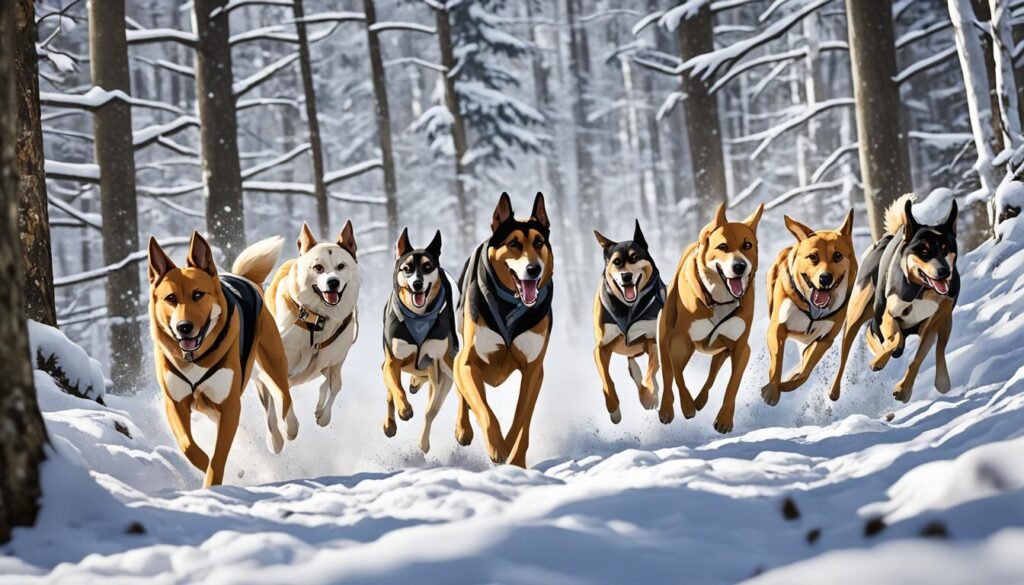
How to Train a Dog to Track Deer
Training a dog to track deer means understanding deer scent and using the right methods. Deer scent is complex, letting dogs use their natural tracking skills. With regular practice and specific techniques, you can improve your dog’s skills. This is rewarding and key for successful hunting.
The Basics of Deer Scent and Tracking
Deer leave behind unique scents that dogs find irresistible. Knowing how these scents work is key for training. Dogs have a strong sense of smell, making them perfect for tracking deer. Techniques like using liver drags can spark their interest and boost confidence. Training should be done over several months for the best results.
Choosing the Right Training Methods
Choosing the right training methods is crucial for success. Begin by introducing your dog to different scents, like those in “scent shoes” not just blood. Training in real hunting environments, like fields and woods, gives them a true experience. Training should start young. By six months, your dog should be tracking well, covering about half a mile on old tracks.
Showing them real tracks in their first hunting season helps them understand there’s more than just blood trails. For more training tips, check out recommended resources for expert advice.

Preparing Your Dog for Tracking Training
Training your dog for deer tracking starts with knowing their instincts and what drives them. Every dog is different, and these differences can affect how well they track. It’s important to see how your dog reacts to smells and if they keep following a trail. This helps set the stage for good training.
Evaluating Your Dog’s Instincts and Drive
Check how your dog acts when you introduce them to different smells during play. Use deer parts or scent trails to see if they’re interested. Always keep training positive and reward them for small achievements. It’s key to be consistent as you work on their tracking skills. Talking to other dog owners who track deer can give you great advice.
Essential Equipment for Tracking Training
Having the right gear is crucial for tracking training. Here are some must-haves:
- Long Leash: This lets you control your dog while they sniff out scents.
- Tracking Harness: A good harness keeps your dog comfy and secure.
- Tracking Collar: This keeps you connected to your dog, even when they’re out of sight.
- Leather Gloves: These protect you when you’re handling things like blood trails.
The right gear makes training safer and more effective. Look into resources like training dogs for deer tracking for more tips.

Getting ready properly will make your training successful. You and your dog will become great at tracking deer.
Establishing Obedience Before Tracking
Before starting dog training for deer tracking, it’s key to build a strong obedience foundation. Your dog needs to focus on commands and ignore distractions. This makes tracking safer and more effective. It also builds a strong team bond.
Start with basic commands like sit, stay, and come. Use consistent practice and rewards to make training fun. Treats or praise work well to encourage obedience.
Once your dog knows basic obedience, add tracking commands. Use “track” to signal them to start tracking. This links obedience with tracking, making it crucial for success.

Keep an eye on your dog’s progress. Regular checks show what they’re good at and what they need to work on. You might look at best practices for tracking deer for tips. Adjust training to fit your dog’s pace, keeping them interested and proud of their achievements.
Always celebrate your dog’s progress, big or small. A strong obedience foundation is key for deer tracking success. Your hard work in this phase will help you and your dog become a great tracking team.
Starting with Scent Introduction Techniques
Teaching a dog to track deer starts with the right scent introduction. It’s key to grab your dog’s interest early for successful training. Using smells like liver drags and blood trails can make them want to follow scents. This early training helps your dog learn tracking from a young age, building a strong base for more training.
Using Hot Dogs and Blood Trails
By five to six weeks old, introduce your puppy to liver drags. Around ten weeks, add deer blood to their training. Blood in squeeze bottles is a quick way to lay trails for young dogs.
Deer have a unique scent from glands between their hooves that lasts up to 24 hours. This scent is perfect for training. Training with deer blood, hair, and skin also helps your dog track better.
The Role of Positive Reinforcement in Training
Positive reinforcement is key at this stage. Rewarding your dog with deer skin after a successful trail links tracking to good outcomes. Words of praise and rewards keep them eager to learn. Keeping quiet while they track helps them focus and track better.
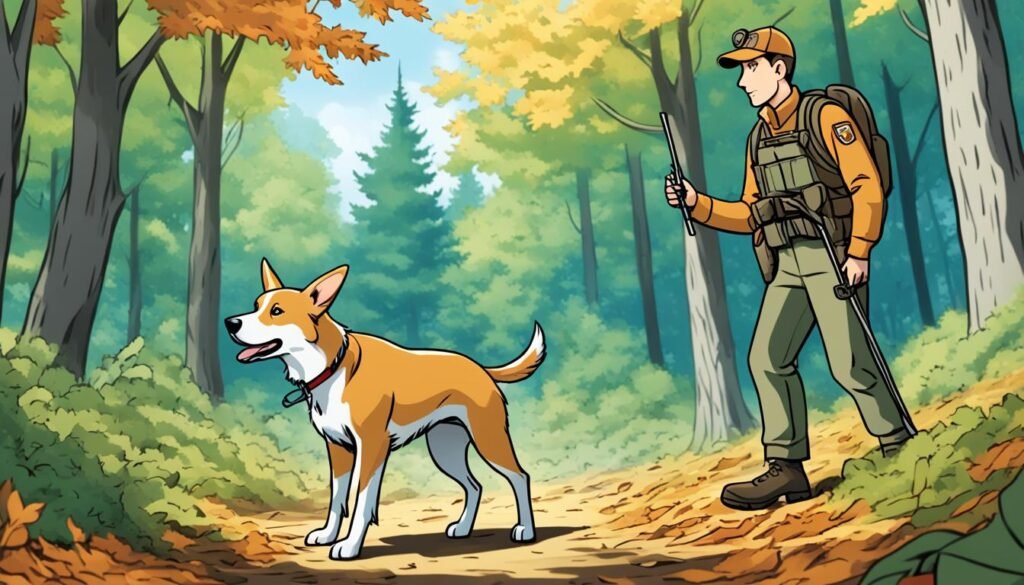
| Age | Technique | Scent Source | Reinforcement |
|---|---|---|---|
| 5-6 weeks | Liver drags | N/A | Praise |
| 10 weeks | Blood trails | Deer blood | Deer skin |
| Varies | Tracking Practice | Interdigital and tarsal glands | Positive reinforcement |
Creating Mock Tracks for Practice
Setting up mock trails is a great way to improve your dog’s tracking skills. It helps your dog get used to the whole tracking process. This makes it a key part of your training. By mimicking real hunting situations, you get your dog ready for the hunt. Learning how to make mock trails for training will make your practice sessions more effective.
How to Set Up Effective Mock Trails
Here are some tips for setting up mock trails that work well for scent training:
- Start with trails about 10 feet long and use fresh blood for better tracking.
- Slowly make the trails longer each day to help your dog get more confident.
- Use a harness and a long cord (20-30 feet) to keep control while letting your dog track.
- Add obstacles like logs, shrubs, and small streams to test your dog’s flexibility.
- Mark the blood trail with tissue or surveyor’s tape to help your dog stay on track.
- Let the blood trail age for a few hours before practice to mimic real hunting conditions.
- Get friends to help make different blood trails to give your dog a variety of tracking scenarios.
Tracking in Different Environments
It’s important to track in different places to improve your dog’s skills. Keep these points in mind:
- Practice in wooded areas or tall grass to add distractions like those in real hunting.
- Make sure the trail doesn’t loop back to avoid confusing your dog.
- Know the local rules about tracking with dogs to avoid trouble during training.

| Trail Setup Technique | Benefit |
|---|---|
| Using fresh blood | Increases motivation and tracking accuracy |
| Short initial trails | Builds confidence through success |
| Gradually increasing trail length | Develops endurance and persistence |
| Introducing obstacles | Enhances problem-solving skills |
| Training in varied environments | Prepares for diverse hunting situations |
Gradually Increasing Trail Difficulty
Building your dog’s confidence in tracking requires adding new elements to your training. As you train your dog to track deer, it’s key to increase the difficulty step by step. This helps your dog learn new skills while building their confidence. It’s important to start with small successes to keep your dog believing in their abilities.
Incorporating Real Deer Tracks
When your dog is good at basic training, try using real deer tracks. Pick trails that are not too hard at first. This makes it easier for your dog to move from fake trails to real ones. As your dog gets better, you can make the trails harder with different scents and ages.
Using tips for training a dog to track deer helps you adjust the training to challenge your dog more.
Tracking During Different Weather Conditions
Weather affects how dogs track. They act differently in rain, snow, or heat. So, training your dog in various weather helps them adapt and use their tracking skills better. Start with easy weather conditions and then move to harder ones.
Tracking in wet weather can make scent easier to detect, but dry conditions might be harder. Remember, very cold or hot weather can make tracking tough for your dog. Knowing this is key to training a hunting dog to track deer well.

Using real deer tracks and training in different weather helps your dog grow. Seeing each training session as a step towards better tracking skills will help your dog improve.
Monitoring Progress and Adjusting Training Techniques
Effective dog training means always checking and changing your approach. It’s key to see what works and what doesn’t. Paying attention to how your dog acts helps make training better. Knowing how dogs show feelings through their body is crucial.
By watching your dog during training, you can see if they’re excited, focused, or not paying attention. This helps you know what to do next.
Recognizing Your Dog’s Body Language
Dogs talk more with their bodies than words. Understanding their body language tells you how they feel about training. Look for signs like:
- Relaxed posture: Means they’re comfortable and into it.
- Tail wagging: Shows they’re happy and ready to go.
- Averting gaze: Could mean they’re not comfy or not focused.
- Paw lifting: Signals they’re alert and ready to act.
These signs help you see how your dog is doing with different training methods. Changing your approach based on these signs builds a better bond with your dog.
Making Adjustments to Training Based on Performance
After checking how your dog is doing, it’s time to tweak your training. If they’re having trouble, make the tasks simpler or use better treats. For example, if they get easily distracted, try training in a quieter place or use treats they really like. Keeping an eye on how your dog is doing will help you find the best way to train them, making them more skilled and confident.
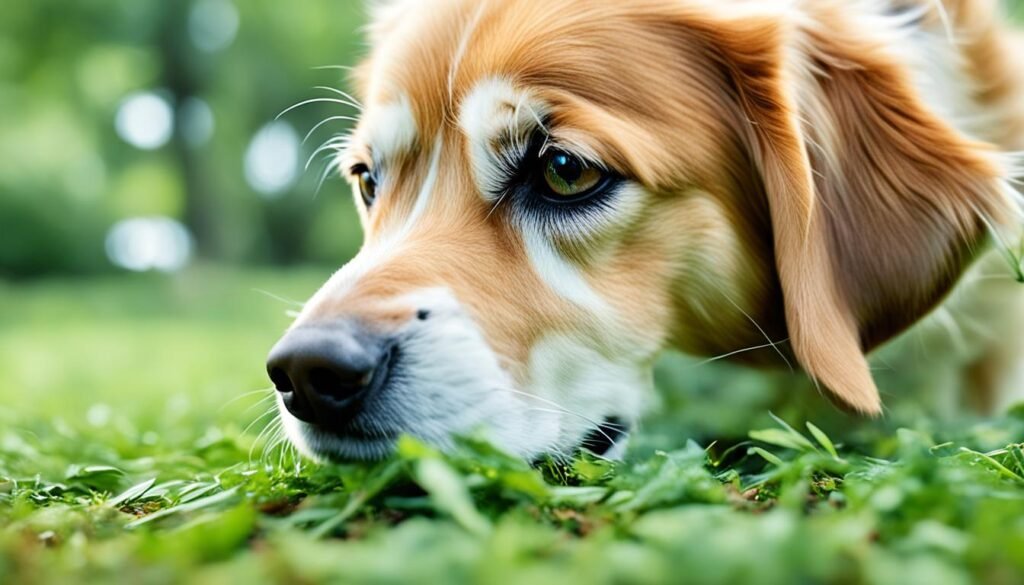
Best Practices for Tracking Deer with Dogs
Using a dog to track deer can make hunting much better. Good techniques for tracking deer with dogs mean you can find wounded deer faster. This also helps you recover them even if there’s no blood trail. These practices make hunting more efficient and strengthen your bond with your dog.
Ensuring Compliance with Local Regulations
Before you go hunting with your dog, learn the local rules about using dogs for tracking deer. These rules change a lot from place to place. In many areas, using dogs to track deer is okay, especially in the eastern parts. But, in some western areas, it might be against the law. Always follow the rules to hunt ethically.
Working as a Team with Your Tracking Dog
Good tracking needs a strong team effort with your dog. It’s key to train your dog well. This training makes your dog obedient and ready to hunt fast. Let your dog get to know deer to improve its scent skills. Rewarding your dog for its work makes tracking fun for both of you.
Here are some tips to help you track better:
- Use a leash for better control.
- Think about the wind direction, as it affects scent tracking.
- Keep your dog on the trail, even if you can’t see blood.
- Teach your dog to tell different scents apart, focusing on deer scents.
- Start with simple tracking jobs to build confidence.

Training your dog for several seasons can help use its natural skills. This creates a great environment for your dog to improve its hunting. It makes tracking better and strengthens your bond with your dog.
| Best Practices | Description |
|---|---|
| Training and Bonding | Do mock tracks and reward your dog for finding them. |
| Compliance | Know the local laws to hunt legally. |
| Operational Techniques | Use a leash and watch the wind to track better. |
| Encouragement | Give your dog positive feedback when it stays on the scent. |
Professional Deer Tracking Dog Training Options
Looking to improve your deer tracking skills? Professional deer tracking dog training can open new doors. You’ll get deer tracking education from experts and learn various successful methods.
There are many options for dog training, like workshops and one-on-one sessions. Trainers often use the dog’s natural instincts. This approach builds confidence and trust, key for a good tracking dog.
Consider these main options:
| Training Option | Description | Cost |
|---|---|---|
| Group Workshops | Learn from experienced trainers while engaging with other participants. | Varies |
| Private Training Sessions | One-on-one guidance tailored to your dog’s needs. | Varies |
| Online Courses | Access educational material for training at your own pace. | Affordable |
| Hands-On Events | Participate in live tracking demonstrations and drills. | Typically free or low-cost |
Over 80% of hunters want a trained dog for tracking deer. This shows how effective trained dogs are in finding wounded deer. They outperform traditional methods.
When choosing a training program, consider Jeremy Moore. He has 15 years of experience with retrievers and gundogs. He focuses on training that uses the dog’s natural abilities.

Professional deer tracking dog training can greatly improve your hunting. With the right training, you’ll have an expert tracking partner. Success comes from your dedication to training and understanding your dog’s skills.
Conclusion
Training a dog to track deer takes dedication, patience, and understanding canine instincts. Using the right methods can make hunting better and create a strong bond with your dog. Dogs have up to 200 million scent receptors, while humans have 5 million. This makes them great at tracking.
Bloodhounds, with 300 million receptors, are especially good at tracking. They have an amazing sense of smell. When training, start with basic obedience like “sit,” “stay,” and “come.” This keeps your dog under control in different places.
Regular exercise and scent training help your dog focus during tracking. Managing distractions is key to keeping your dog on track. This ensures they stay focused and effective while tracking.
The bond between you and your dog gets stronger with consistent training and teamwork. By following the advice in this article, you can make your dog a skilled tracking partner. Enjoy the success of tracking and recovering with your dog by your side.
FAQ
What are the best dog breeds for tracking deer?
Bloodhounds, dachshunds, and German shepherds are top picks for tracking deer. They have a strong sense of smell and a natural instinct for the job. Even mixed breeds can do well if they’re motivated and driven.
How do I start training my dog to track deer?
First, check if your dog likes to hunt. Then, teach them to follow scents with treats like hot dogs and animal blood. Use positive rewards to keep them interested in tracking.
What equipment do I need for tracking training?
You’ll need a leash, a tracking vest, and special collars for safety and control. These tools help train your dog well and keep them safe while tracking.
How important is obedience training for tracking dogs?
Obedience training is key. Your dog must listen to commands even with distractions. This teamwork is crucial for successful tracking.
What are effective methods for teaching a dog to track deer?
Begin with simple scent training using food and blood trails. Positive reinforcement builds trust and makes your dog excited to learn tracking skills.
How do I set up mock tracks for practice?
Make mock tracks in places that mimic real hunting conditions. This helps your dog get used to tracking in different weather and terrain.
How can I monitor my dog’s progress during training?
Watch how your dog reacts during training. Pay attention to their interest and focus. This will help you adjust your training to get better results.
What should I know about local regulations for tracking deer with dogs?
Local laws about tracking dogs with deer vary. Make sure you know the rules in your state. Following these laws ensures a legal and successful hunt.
Are there professional training options available for deer tracking?
Yes, there are pros who specialize in deer tracking training. Working with them can give you new insights and ways to improve your dog’s tracking skills.


